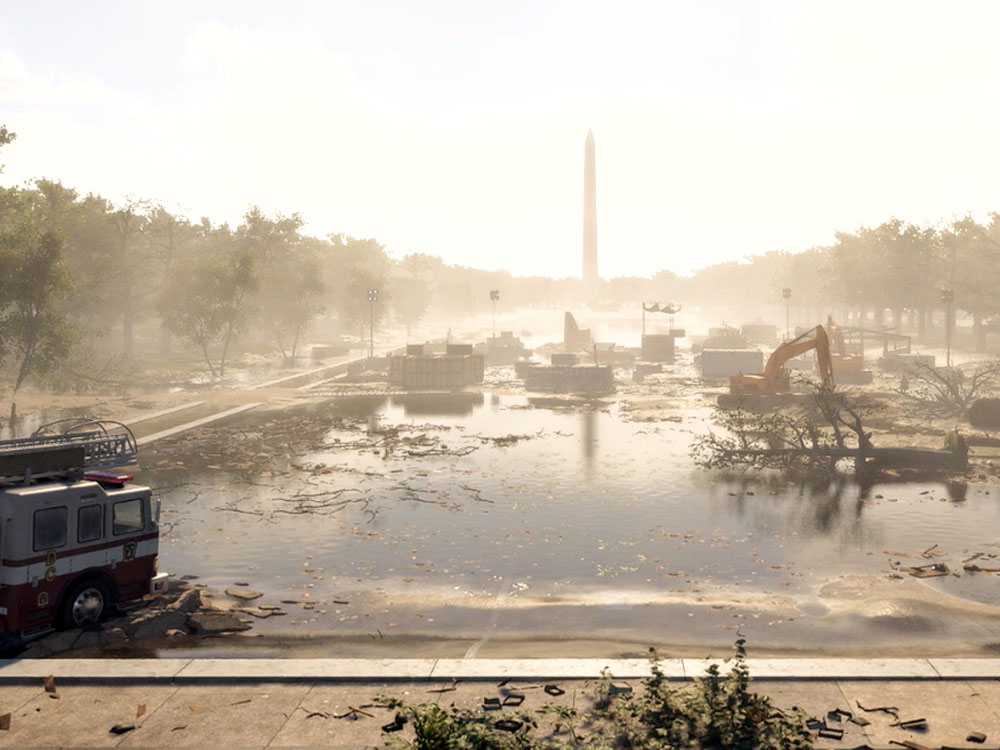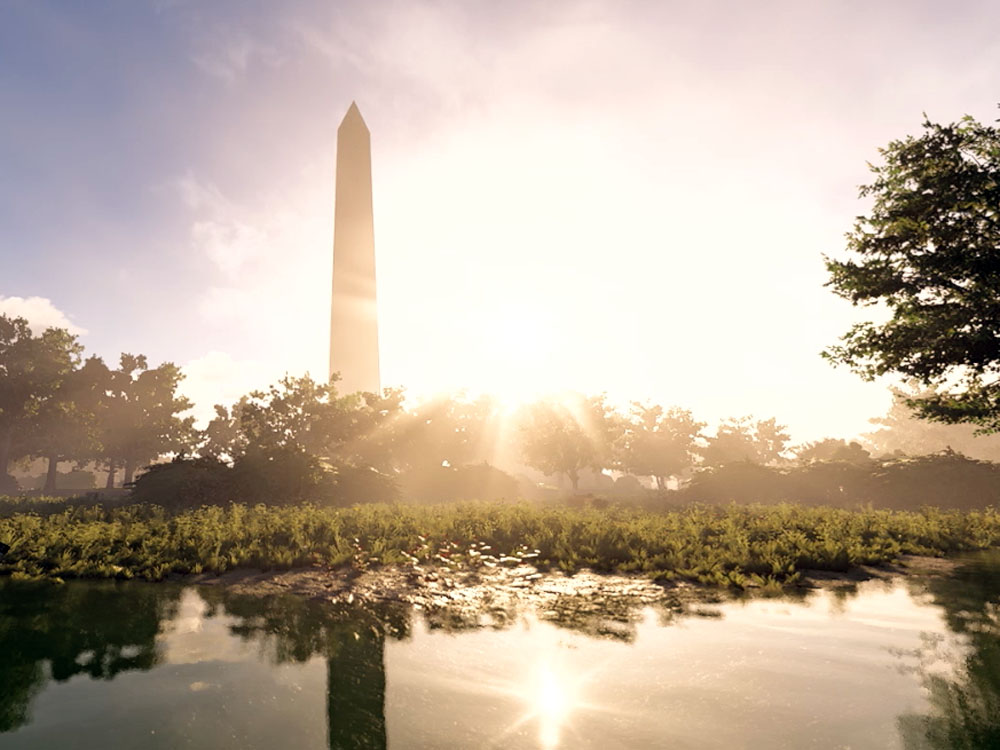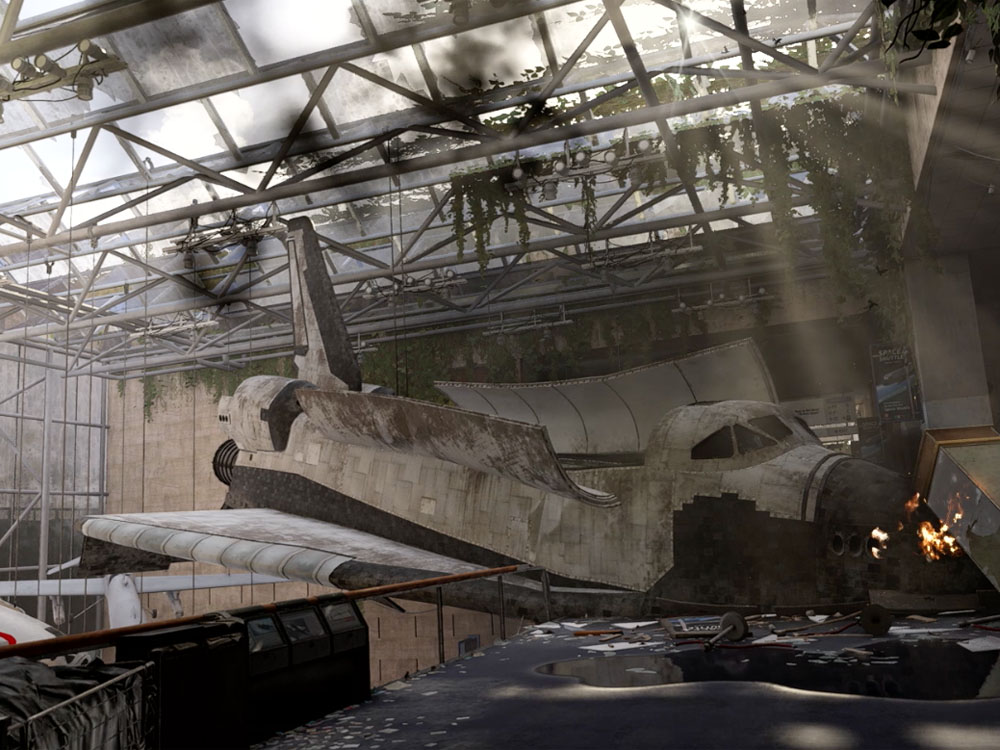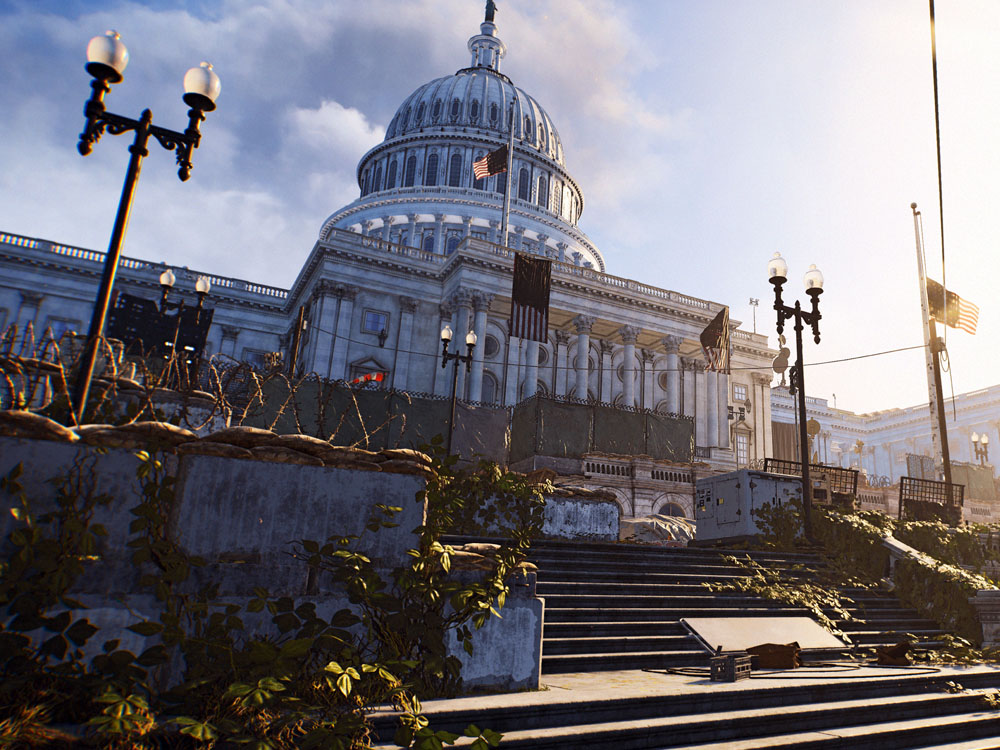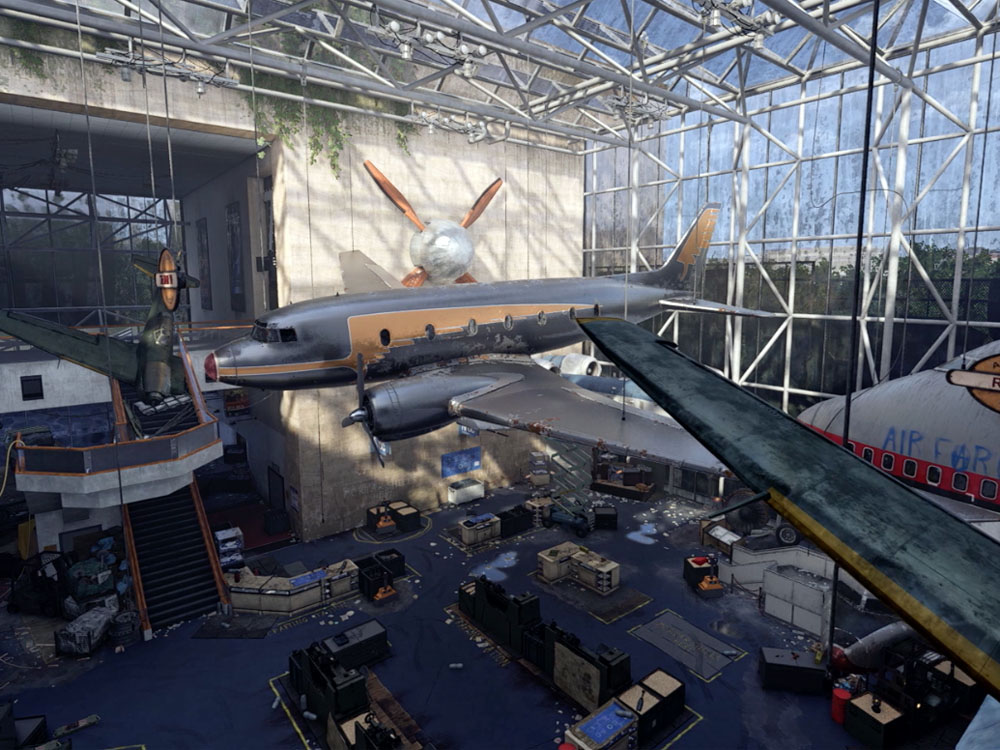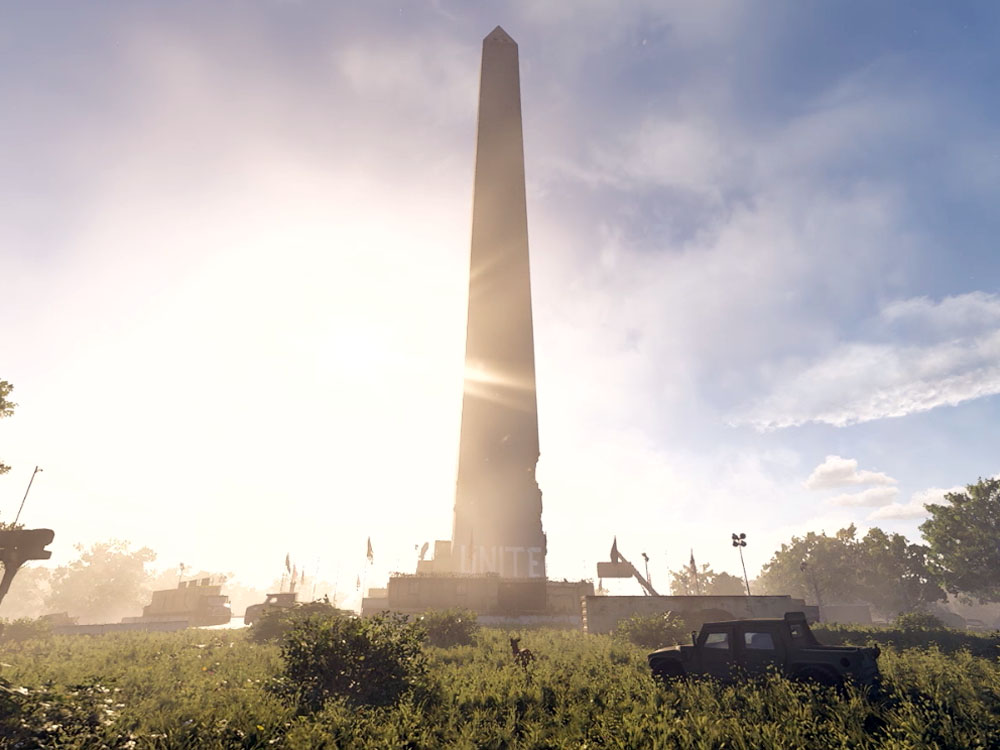By Joe Zad
For anyone wondering what the nation’s capital would look like after significant flooding in and around the National Mall, as well as the effects of a catastrophic pandemic, video game developer Ubisoft offers an eye-opening vision.
It’s latest third person shooter, Tom Clancy’s The Division 2, arriving March 15 on PlayStation 4, Xbox One and Microsoft Windows, gives players the chance to control an agent tasked with restoring order back to Washington D.C. and its surrounding neighborhoods.
Players and budding historians will be impressed by the detail and work created by the roughly 10 environmental artists that worked over three years to bring the game locations such the White House, the Capitol building, the Lincoln Memorial, and the National Mall to life.
Chad Chatterton, lead environmental artist on the game, actually talked to FEMA experts about the potential uses for the National Mall after this type of disaster.
He found out that a large, open air space would be critical to setting up National Guard bases and refugee camps and “in our [Mr. Chatterton] case, even mass graves between the Washington Monument and the Capitol.”
As far as creating the aftermath of a realistically flooded area, the artist said, “We looked at real world flood data and how those flood footprints affected the landscape and what would happen if the storm drain system that is so important to D.C. was to collapse, what areas would that impact.”
The results are as disturbing as one would imagine.
On a side note, the National Mall Coalition has actually developed a solution to handle much of the anticipated future stormwater flooding in the Mall area, the National Mall Underground. They have not yet worked on pandemics.
Here’s a collection of images from the video game presenting just some of the devastation game artisans wreaked upon famous monuments, memorials and museums, and government buildings in Washington D.C.
Listen to the Zadzooks Happy Hour podcast that includes an interview with Chad Chatterton.
Tags: Lincoln Memorial, memorial, Smithsonian Institute, Washington Monument




